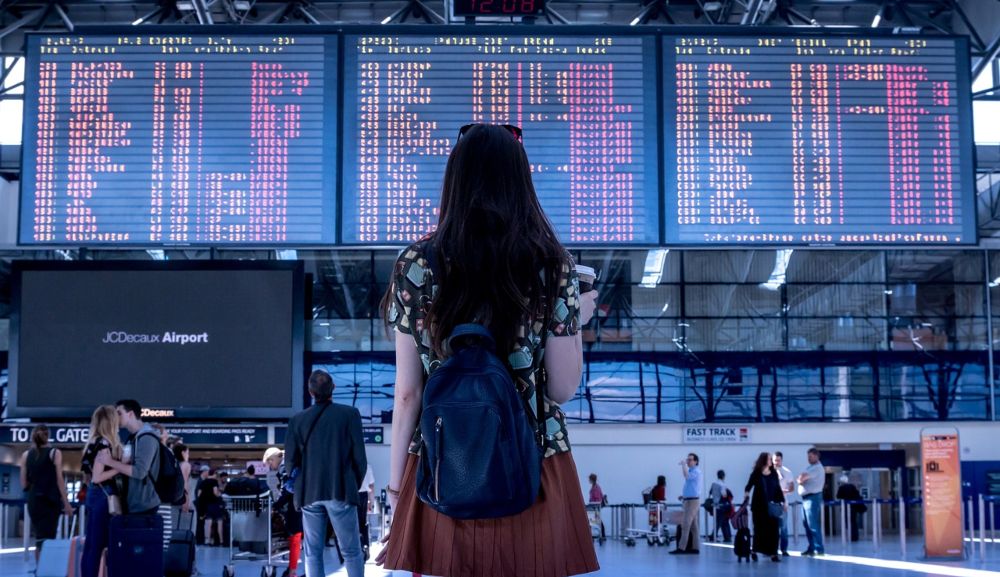Travel to and from Europe has already surged. The assumptions are that travel to tourist destinations will continue to grow through the summer. In an earlier report we previewed the high fares that have already arrived and will continue from the current shoulder
season of travel through the high season of summer.
A recent survey of fights and fares into August and even early September reveals an eerily similar range of economy flights from Seattle to a dozen European cities stuck in the $1,200-$1,600 range.
Asia and China have been missing from this return to normal, largely due to slow emergence from the covid restrictions that almost ended international travel from
North America to Asia. Those restrictions finally show signs of easing.
China gave the first sign of hope in December when the regulators previewed lifting restrictions on flights to and from the West and around Asia, as well as China’s
domestic market, the largest passenger traffic market in the world by far. Airlines responded. Chinese carriers, which despite their many names are all in effect
government-owned and -run airlines quickly opened routes. Foreign carriers stuck their toe in the reopened routes and began flying weekly services where there had been none and daily services to the mega-cities of China and Asia.
But just as soon as those flights returned, covid hopped on them and pockets of the pandemic reappeared. The travel openings shut down almost as quickly as they were opening. After a promising December of 2022, January retreated from the progress than had been made. Demand remained high while capacity retreated. Late January and early February, with the impetus of Chinese New Year brought new hope.
Asian airlines increased their flights to China to bring the diaspora back home for the annual holiday. Chinese airlines brought back flights to North America and Europe, reciprocated by major carriers from the West. The US, Canada, Australia, and the UK ended testing requirements for travelers returning or coming from China. Japan listed its blanket restrictions but also instituted ad hoc testing requirements “where necessary.”
By March Chinese authorities took their own great travel leap forward. New multi-year visas are being offered, along with recognition of existing visas that had been put on hold in valid passports. Transit permits without visa requirements are back on if you travel through China to your next destination.
By diplomatic tradition lifting these restrictions were reciprocated by other countries including the USA. Japanese airlines jumped on the bandwagon. ANA airlines, which had limited service to Beijing and Shanghai from Narita, Japan’s far-from-Tokyo international airport, started flying to China from closer-in Narita with service extensions to Guangzhou and Shenzhen as well as Dalian, Qing Dao, and Hangzhou. Korean Airlines is increasing service from 13 weekly flights to Mainland China to 99 weekly flights, which is still only 43 percent of the pre-covid traffic. Australia largest inbound tourism comes from China. Flights are being added every week, and yet Australia is still only seeing about half of its China traffic pre-covid.
Chinese tour operators had and will have a major impact on Chinese tourists traveling the world. In 2019, pre-covid Chinese made 155 million trips abroad, by far the largest number of tourists from any country in the world. That’s what the tourist industry looks forward to.
Combine hope with the fact that Chinese are also the biggest tour group operators in the world and the economic potential and impact are important to thousands of tourist destinations in dozens of countries.
On February 20 Chinese regulators authorized tour groups to 20 different countries. But that economic carrot has an accompanying political stick. Notably absent from the list are Australia, Japan, South Korea, and the U.S., among other countries. They are all countries with whom China is having disputatious commercial and political relations.
China just announced new aircraft orders with more than 100 Boeing Max 737s (all built in Renton) and an equal number of Airbus single-aisle planes. These new orders speak as much to China’s rapidly growing domestic markets where the increase of travel between mega and simply large cities continues to grow in the 25-50 percent range annually.
Southern Airlines, China’s largest international carrier, started a major increase in service in March and is upping its growth in April with three-times-a week becoming daily service to London’s Heathrow. Meantime in its own Asian backyard, Southern’s home base of Guangzhou will add service to Tokyo, Hanoi in Vietnam, as well as Phuket, the resort
destination Thailand.
As the saying goes: check with your favorite airline or travel agent, and be prepared for
higher than pre-covid day fares, as well as a guarantee of long lines on departure and at passport control at your destination.
Discover more from Post Alley
Subscribe to get the latest posts sent to your email.
